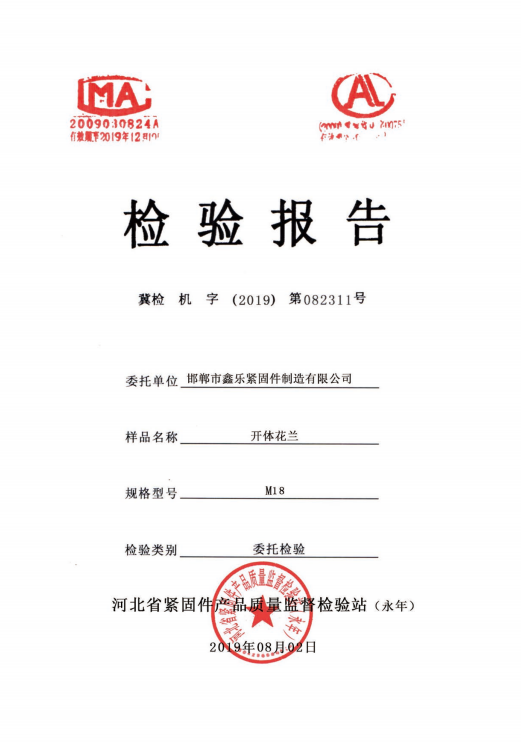News
दिसम्बर . 18, 2024 21:39 Back to list
types of rigging hooks products
Types of Rigging Hooks A Comprehensive Overview
Rigging hooks are essential components used in various industries for lifting and securing loads. They come in different types, each tailored for specific applications, materials, and safety standards. Understanding the various types of rigging hooks can help users select the right tool for their needs, ensuring efficiency and safety in lifting operations. This article provides an overview of the most common types of rigging hooks available in the market.
1. S-Hooks
S-hooks are perhaps the simplest type of rigging hook, commonly utilized for hanging items and securing loads in light-duty applications. The design resembles the letter S, allowing for easy attachment and detachment. While S-hooks are cheap and versatile, they should primarily be used in low-load scenarios, as they are not suitable for heavy-duty lifting.
2. Lifting Hooks
Lifting hooks are designed specifically for hoisting and rigging applications. They come in various configurations, such as swivel and fixed types, making them adaptable for multiple lifting scenarios. Swivel lifting hooks prevent twisting of the sling during lifting, while fixed hooks ensure stability. It is crucial to select the appropriate lifting hook based on load weight, material, and application.
3. Swivel Hooks
Swivel hooks offer flexibility and ease of movement during lifting operations. These hooks can rotate 360 degrees, allowing for better maneuverability when positioning loads. They are often equipped with a safety latch to prevent accidental detachment. Swivel hooks are ideal in environments where the load's orientation needs frequent adjustment.
4. Safety Hooks
Safety hooks are designed with additional features to enhance load security. Often equipped with a locking mechanism or safety latch, they prevent the accidental release of the load. Safety hooks are used in various applications, including construction, shipping, and manufacturing. Their reliability makes them essential when working with heavy or unstable loads.
types of rigging hooks products

5. Clevis Hooks
Clevis hooks offer a robust solution for securing loads. They incorporate a clevis pin design, which provides a secure attachment point to slings, chains, or other rigging components. These hooks are popular in heavy-duty lifting applications due to their high load capacity and reliability. Clevis hooks are often used in construction, towing, and industrial applications.
6. Eye Hooks
Eye hooks are designed with a loop at the top, allowing for easy attachment to chains or slings. They provide a strong anchor point for lifting and are often used in construction and industrial settings. Eye hooks can come with different safety features, including a safety latch for added security. The versatility of eye hooks makes them popular in various lifting applications.
7. Chain Hooks
Chain hooks are specifically designed for use with chains. They connect securely to the chain and provide a reliable point for lifting or rigging. Available in several designs, including open and closed types, these hooks are essential in applications involving heavy lifting and rigging. Chain hooks are widely used in construction, shipping, and other heavy-duty industries.
8. Rigging Snaps
Rigging snaps are used primarily to provide quick-connect and disconnect options for rigging systems. They feature a spring-loaded latch that allows for rapid attachment, making them ideal for applications where time efficiency is critical. While not suitable for all lifting applications, they are extensively used in theater rigging, stage setups, and light-duty operations.
Conclusion
Choosing the right type of rigging hook is crucial for ensuring the safety and effectiveness of any lifting operation. When selecting a hook, consider factors such as load capacity, material compatibility, and specific application requirements. With the proper understanding of the various types of rigging hooks, users can make informed decisions that enhance operational safety and efficiency. Whether for individual DIY projects or large-scale industrial applications, the correct rigging hook is vital for successful load management.
